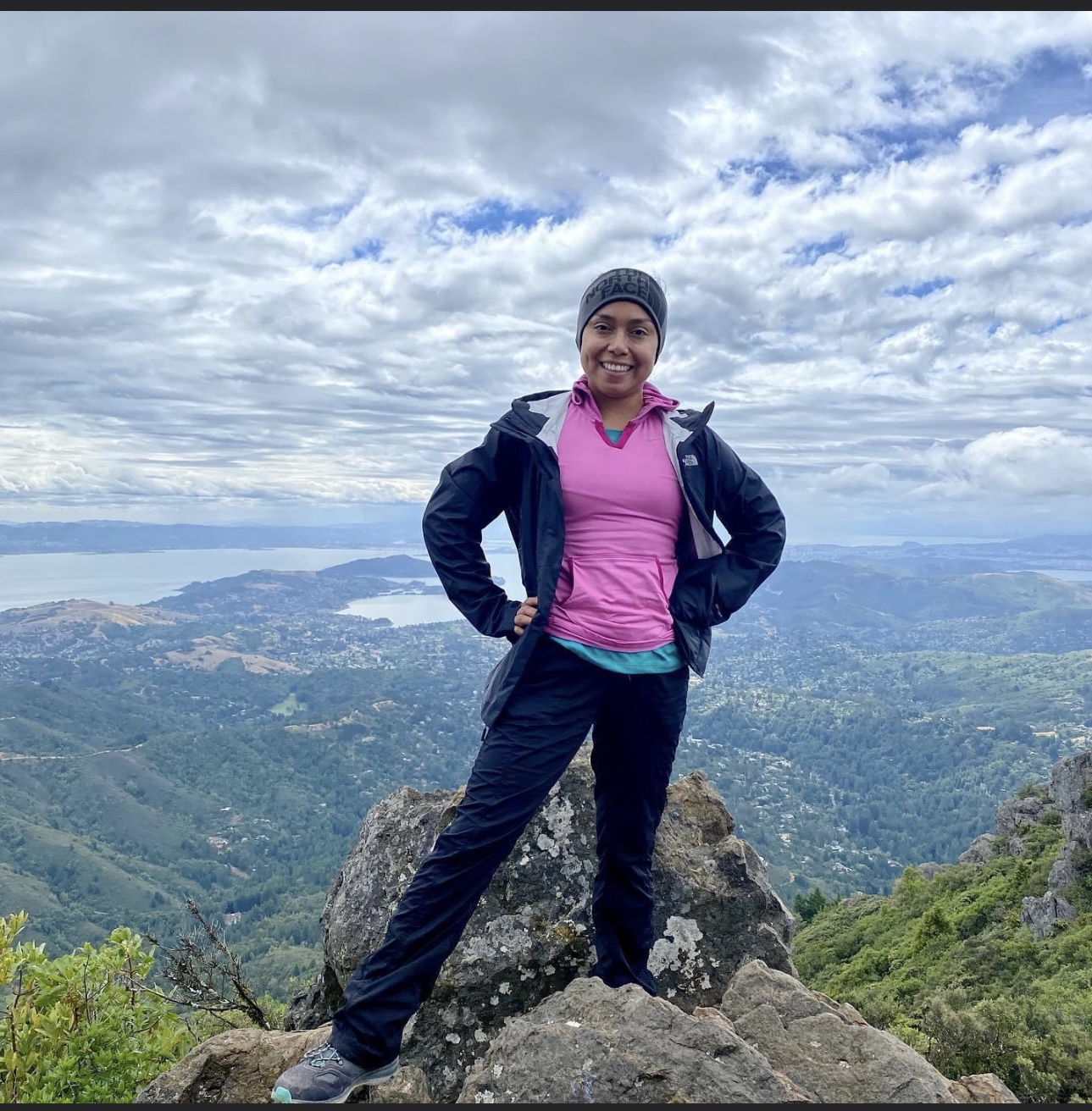Inspirational Stories
Teresa
acute lymphoblastic leukemia (ALL)
It took two months for the doctors to take my illness seriously. I was suffering from hip and leg pain, but the doctors thought it was caused by the sports I was playing in high school. They would send me home with pain medication.
I had just arrived in this country 14 months before my diagnosis; I was 17 years old. My English was not the best, and my parents did not speak English. All my doctor appointments before my diagnosis were in English. My parents were there with me, but I was the one translating. The last visit to the ER before my diagnosis was one of the worse. I was having excruciating pain, I was crying, and I had to tell the nurse what I was feeling. My dad was there with me, but he couldn’t do anything. He couldn’t communicate with the nurses or the doctor.
I didn’t leave the hospital after this visit. I stayed for one week to get multiple tests done, but they couldn’t find anything. Sometimes we would get an interpreter, but most of the time I was the one asking the questions for my parents and translating for them.
On June 5, 2006, my parents were called to a meeting in my hospital room. A lot of doctors and nurses were surrounding us, and I knew the diagnosis was going to be bad. I was diagnosed with acute lymphoblastic leukemia (ALL). This was shocking news for my parents and me; I couldn’t believe it. My parents started crying and thought their only daughter was going to die. They started the chemotherapy treatment that same day. They assigned us a social worker who did not speak Spanish. We got some pamphlets with Spanish information that told us to contact The Leukemia & Lymphoma Society (LLS) to get more information.
The doctors said my leukemia was high-risk, and it was possible that it wasn’t treatable with chemotherapy. This is exactly what happened. After three chemo rounds, the leukemia cells mutated, and the chemo wasn’t working. They gave us the news in an appointment with no interpreter. I had to tell my dad that they were sending us home to do an intensive chemo treatment at a nearby hospital, and if that didn’t work, we couldn’t do anything else. Even though this was a worst-case scenario, I knew I was not going to die. I kept thinking positively and told my dad to have hope.
A week later, after this devastating diagnosis, I got a call stating that there was one last resource, and that was a stem cell transplant. I got transferred to UCSF where other doctors were going to take care of my case. Our new case manager did not speak Spanish, and only a few nurses and receptionists spoke Spanish. My dad wanted to eagerly ask questions and understand what was happening to me. He told me he wished he could talk to someone about this issue, someone who understood him and could tell him that everything was going to be okay, that it was normal for me to look like that, or to have those side effects. We felt alone.
I finally received my transplant from an unrelated donor on December 6, 2006. I think at this point my dad thought that everything was over, and I was cured. No one told him that the recovery was the hardest part of the transplant. I was hospitalized for 45 days. I couldn’t eat, I didn’t have energy, I had open sores, and my skin was burned from the radiation treatment. These were some of the toughest moments throughout my battle with cancer. We did not know what to expect. We didn’t know anyone who had gone through a transplant before. I wished we had someone to talk to about this. I wished my parents had an idea of what we were getting ourselves into. My parents were able to get some help from LLS with copay assistance and money to pay for the Golden Gate Bridge toll. We also got some more information in Spanish about my diagnosis.
In the summer of 2008, I decided to join LLS as a volunteer to advocate and be a speaker for the Hispanic community. Now I am a First Connection® volunteer so that no more families and patients go through the struggles my family and I had to endure.
Nowadays, there are more resources available, but there is so much more that we can do to help and inform our Hispanic community. I want everyone who is going through a similar situation to know that they are not alone, and that we are here to help them. There is light at the end of the tunnel.
